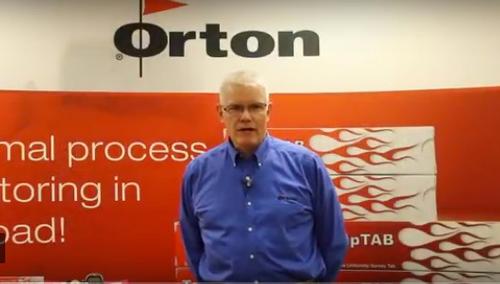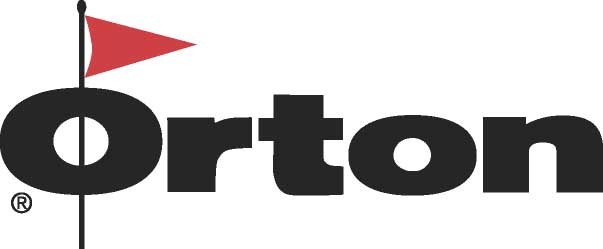Podcast: Play in new window | Download
Anatomy of A Cone
Tom McInnerney from Orton shares insights to great firings.
Cones have been around since the late 1800’s. Dr. Edward Orton, Jr. recognized the ceramic industry’s need to have a calibrated visual device to measure the amount of heat work delivered to ceramic products during the firing process to validate thermal processing. The rest is history, but history you need to know. All the way into the 90’s cones were the common vernacular in the conversations of all fired artists, but the advent of digital controllers and the explosion of variations in every fired art drove cones into the category of mysterious. We have more content that ever to consume but it seems like we know less than we did about cones. It this episode we will be joined by one of Orton’s engineer’s, Tom McInnerney. Tom has been around the fired arts world for decades and brings a wealth of knowledge to the table. (Add Bio Please)
Why Cones?
Biggest Misuse of Cones?
A Few Stories You Won’t Believe?
Things You Might Not Know About Orton?
Questions Everyone Is Asking
- My kiln is firing hot, should I get some cones?
- My cone didn’t bend but my pieces were over fired, why?
- Does it really matter how fast I fire a cone?
- Why would I use a cone for Glass/Knifes/PMC etc…
- Temp Tabs?
Tom is a graduate from The Ohio State University. 1989 B.S. in Ceramic Engineering. My experience in ceramic engineering started with my first job, for a hobby ceramic glaze manufacturer. I became immersed in the areas of glaze development, quality control and raw material selection. Later, I became involved with product development and helped to successfully launch a new product line devoted to the Paint Your Own Pottery movement. My willingness to understand all components of the business helped me in every area of the company expanding my experience into Technical support for customers, raw material ordering and selection, product development, facility maintenance, water treatment, and production scheduling.
After 6 years, I accepted an offer to be the first full time ceramic engineer for Hartstone Pottery in Zanesville, Ohio which was purchased by Carlisle Inc shortly after being hired. Hartstone exposed me to a wider array of challenges. I became involved in maintaining the gas fired kilns, mixing clays and casting slip production, forming and finishing of ware, glaze manufacturing, facility maintenance, hand decorating, color development, Supervision of the color Lab and ordering/specification of all raw materials. The pottery grew from having 80 employees to over 200.
Six years later, when a position opened at The Orton Ceramic Foundation, I accepted it, knowing that it would expand my growth into the entire ceramic manufacturing industry. Orton has exposed me to refractories, white wares, advanced ceramics, and powdered metal manufacturing. I was instrumental in developing the TempTAB product for use in monitoring temperature in powder metal sintering furnaces and vacuum sintering furnaces. I received a Patent for the TempTAB in 2013. Now, with my role in technical sales, I have traveled to India, Europe, and throughout the USA selling Orton Products.




